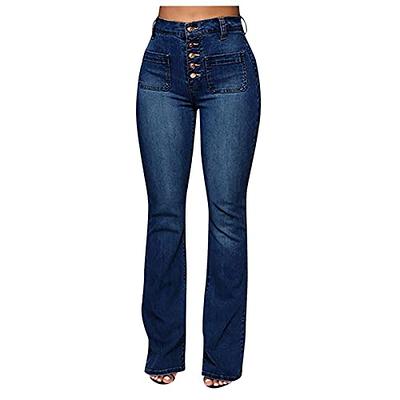Grow Cover Crops and Green Manure in the Summer - Organic Gardening
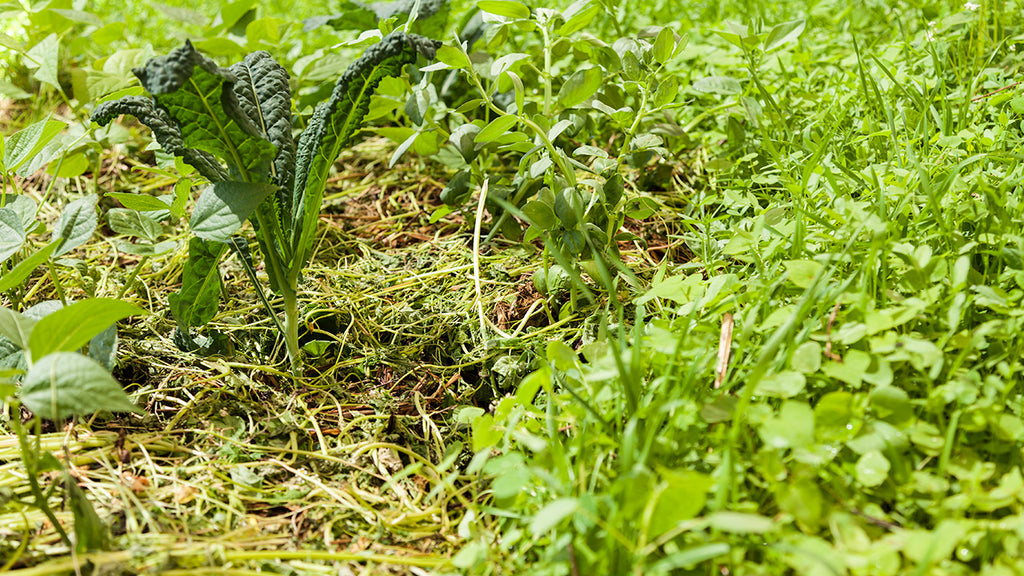
By A Mystery Man Writer
Most cover crops are planted in late summer, but there are some springtime cover crop seed mixes, giving you benefits by the end of the summer
Peaceful Valley Farm & Garden Supply has the best selection for organic gardeners and farmers: Organic Seeds, Fruit Trees, Garlic, Fertilizers, Cover Crops, Berries, & more. Certified Organic Vegetable, Herbs and Seeds. Now shipping for seasonal planting. Farm supplies since 1976! Highest quality garden supplies.
Timing for planting your cover crop
Most cover crops are planted in late summer, but there are some cover crop seed mixes that can go in the ground in the springtime and give you benefits by the end of the summer. Cover cropping is a cheap and effective way to fertilize your garden, hold topsoil in place, and retain moisture during the summer heat. Planting a cover crop on a fallow garden bed or farm field is a classic organic gardening technique. It also seems rather mysterious to those new to organic gardening. But it's simple as can be. The principle of cover cropping is to grow plants that will nourish the soil. If you cut down cover crops that have high nitrogen levels, and turn them into the soil (where they will break down) the cover cropping is called green manure. In our video about green manure Tricia shows you how to till in, turn in, or compost a cover crop. You'll be adding more organic matter, which will improve soil structure over time, when you till in these green crops. We have the largest selection of cover crops, at the best prices, on the West Coast.
Planting in the spring for a summer cover crop
For a fast, warm-season cover crop that shades out weeds, buckwheat (shown above) would be a good choice. It germinates when the soil is 45-105°F and it is ready to till in in about a month. An all-around summer/warm weather cover crop is our Summer Soil Builder Mix. The mix contains buckwheat and cowpeas and if you inoculate your mix with rhizobacteria (Cowpea Inoculant or the Garden Combination), the cowpeas will fix nitrogen on its roots. The buckwheat accumulates insoluble phosphorus from the soil, and when turned under, releases it to the soil in a plant-available form. We have a great collection of summer cover crops. Go to our Warm Weather Cover Crop page for the complete list of seeds that grow in the warmth of the summer.
Choosing a cover crop for any season
Most home gardeners want to replenish nitrogen in the soil, since vegetables use lots of nitrogen when they grow and fruit. Have you heard of nitrogen fixing? That means the new nitrogen produced by the cover crops stays in the soil. You can see the nitrogen-fixing nodes on the roots in this photo. Legumes are good for adding nitrogen to soil, so many cover crop seed mixes are high in legumes. Legumes fix more nitrogen if you treat them with an inoculant before you plant them. The inoculant contains the naturally occurring soil rhizobacteria that are essential to nodule creation and the transfer of nitrogen back into the soil. Choose a cover crop that will grow well in your climate and the upcoming season. It's easy to find that information on our Cover Crop page. Click the link for Cover Crop Solution Guide, which sorts the seed mixes by when to plant them and what they do. Cover crops are not just for fixing nitrogen -- for instance, they can be effective clod-busters, providing cover for beneficial insects, choking out weeds and erosion prevention. Think about which soil problems you want to solve and then check our Solution Guide for Cover Crops to find out which seeds will do the trick for you.
How to plant a cover crop
1) Harvest your vegetables, then pull out the plants and other debris.
2) Calculate the square footage of the area you want to plant with cover crop.
3) Buy enough seed for the area (our Summer Soil Builder Mix is shown above).
4) Inoculate the seeds, if necessary, and plant them.
5) Water regularly if your cover crop needs summer irrigation.
Whether you plant in spring or late summer, the rule of thumb is to cut or turn in your crops when half of a cover crop stalk is in bloom.
Get your Advanced Organic Gardener merit badge when you grow a cover crop -- whether you plant in spring or late summer.

Grow Cover Crops and Green Manure in the Summer - Organic Gardening

Grow Cover Crops and Green Manure in the Summer - Organic Gardening

Grow Cover Crops and Green Manure in the Summer - Organic Gardening
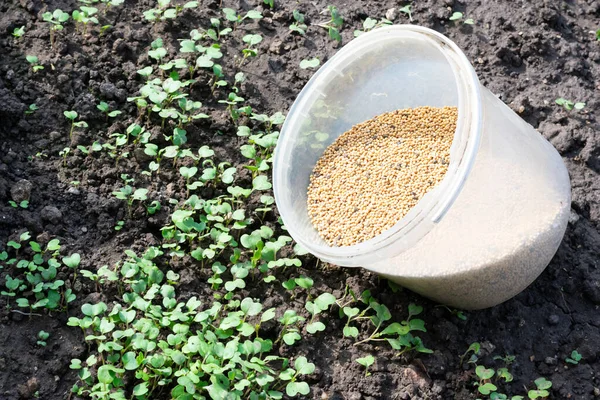
Young Girl's Hand Full Mustard Seeds Preparing Sow Ground, 47% OFF
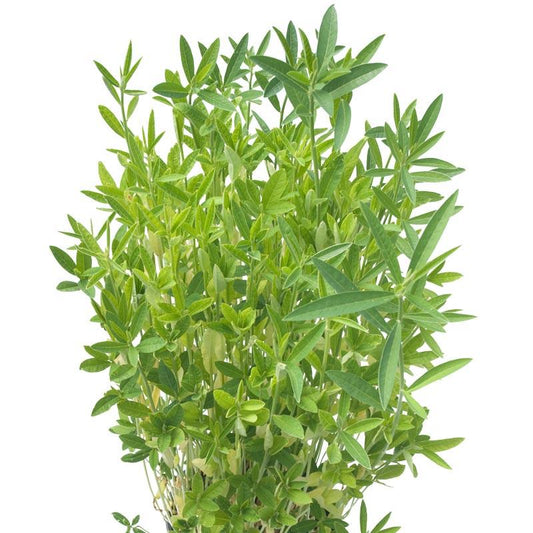
Grow Cover Crops and Green Manure in the Summer - Organic Gardening

Young Girl's Hand Full Mustard Seeds Preparing Sow Ground, 47% OFF

Young Girl's Hand Full Mustard Seeds Preparing Sow Ground, 47% OFF
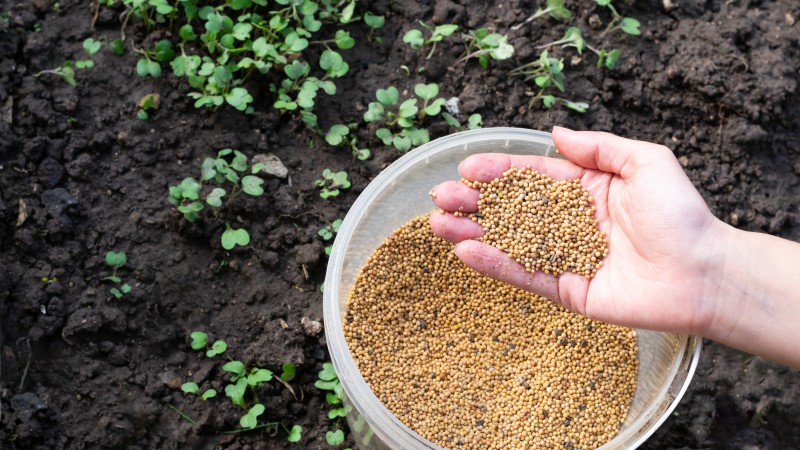
Young Girl's Hand Full Mustard Seeds Preparing Sow Ground, 47% OFF
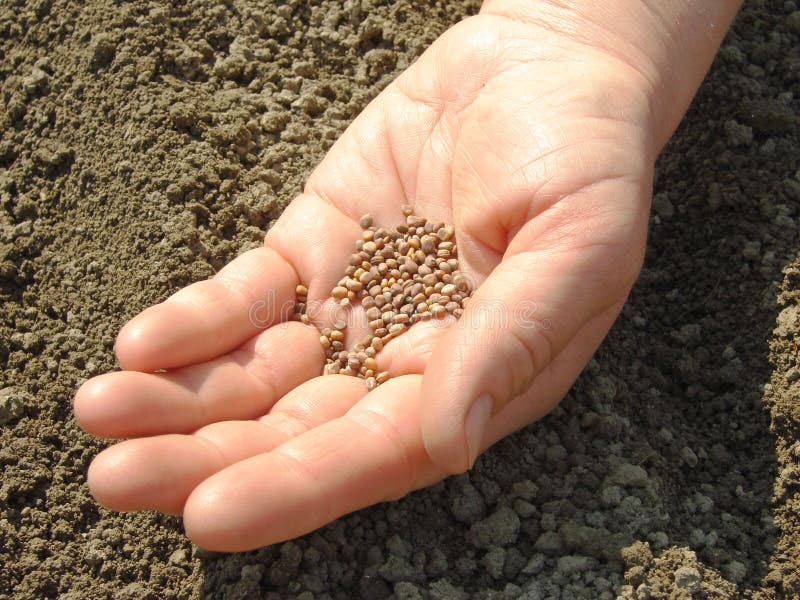
Young Girl's Hand Full Mustard Seeds Preparing Sow Ground, 47% OFF

Young Girl's Hand Full Mustard Seeds Preparing Sow Ground, 47% OFF

Young Girl's Hand Full Mustard Seeds Preparing Sow Ground, 47% OFF

Grow Cover Crops and Green Manure in the Summer - Organic Gardening
- Summer Front - Horse Profile - BloodHorse

- Summer Front Porch Décor For A Small Porch - Willow Bloom Home

- Summer Front Porch Decor: Gingham & Daisies - On Sutton Place

- Summer Vibes Beach Front, Atol Rasdhoo – Preços atualizados 2024

- Small Front Porch Decor: 7 Budget Friendly Decorating Ideas - Organize by Dreams




